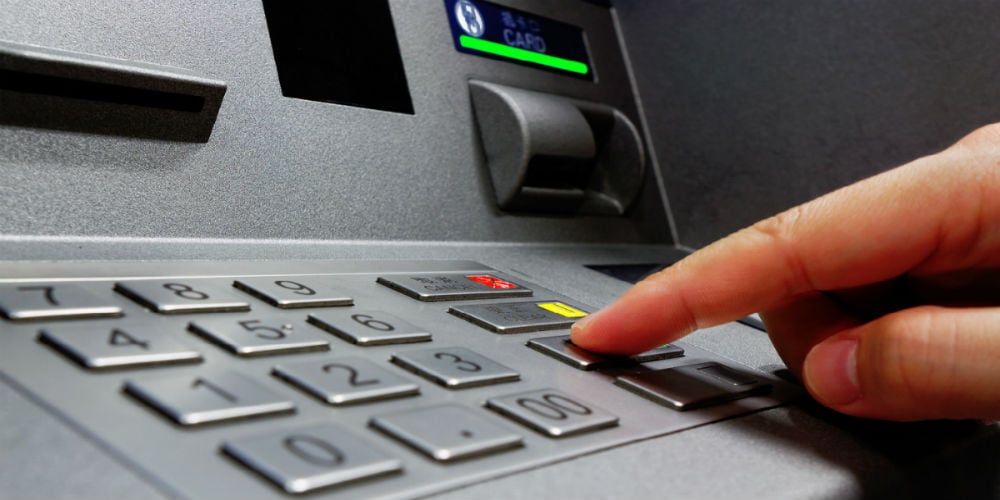Why you should buy a share in shared branching & ATM networks
An ownership stake in shared networks allows you to add employer groups outside your service area.

If your credit union is actively, or wants to be, adding new select groups, you should buy an ownership interests in any shared branching or ATM networks you participate in that will allow you to. The reason this matters is because of the NCUA’s definition of a qualifying service facility for adding select groups. The NCUA’s definition is:
A service facility for multiple common bond credit unions is defined as a place where shares are accepted for members’ accounts, loan applications are accepted or loans are disbursed. This definition includes a credit union owned branch, a mobile branch, an office operated on a regularly scheduled weekly basis, a credit union owned ATM, or a credit union owned electronic facility that meets, at a minimum, these requirements. A service facility also includes a shared branch or a shared branch network if either: (1) The credit union has an ownership interest in the service facility either directly or through a CUSO or similar organization; or (2) the service facility is local to the credit union and the credit union is an authorized participant in the service center. This definition does not include the credit union’s Internet Web site.
A credit union can use any shared branch or ATM in a network to satisfy the service facility requirement for adding a select group, provided the credit union is an owner in the shared branching or ATM network. Therefore, an ownership interest in shared branching and ATM networks allows you to extend the service area that you can add select groups within. The NCUA typically considers a service facility’s service area to extend somewhere between 25 and 30 miles. So if you are trying to add a group outside of that range from your own network you could potentially leverage a network you have an ownership stake in to add the group. Which would allow you to add select groups that would otherwise be outside the service area of your own service network.
continue reading »




